Originally posted by Aaron
View Post






 I'm afraid that without some more complex circuitry you're stuck with blocking diode losses.
I'm afraid that without some more complex circuitry you're stuck with blocking diode losses. 




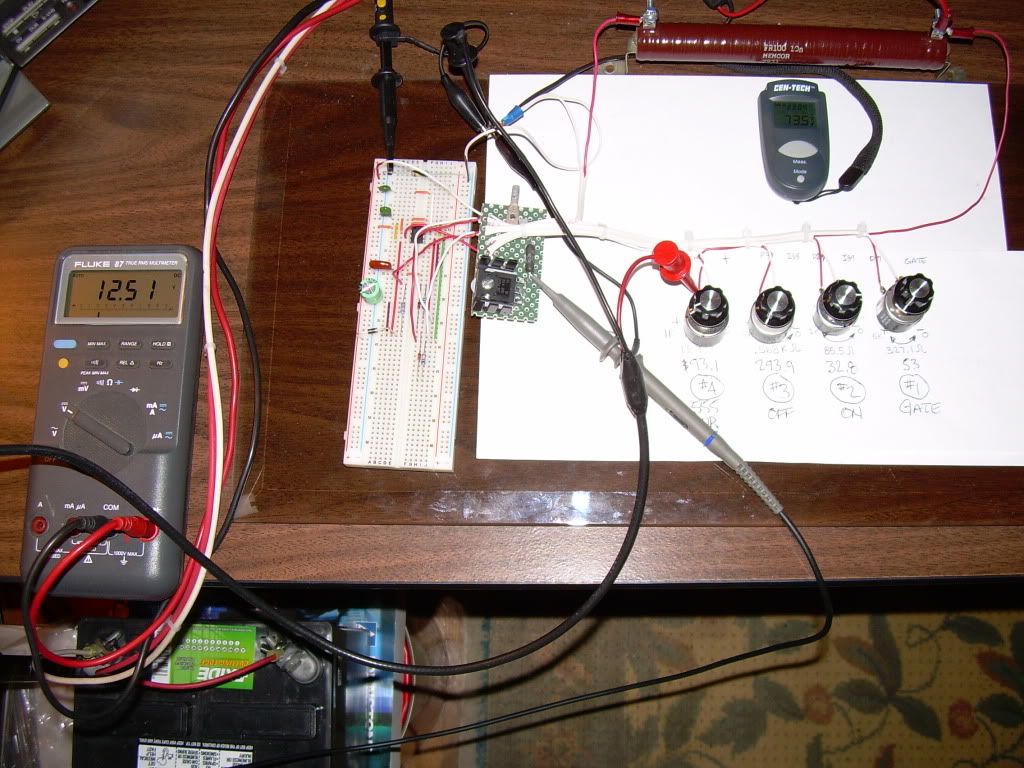
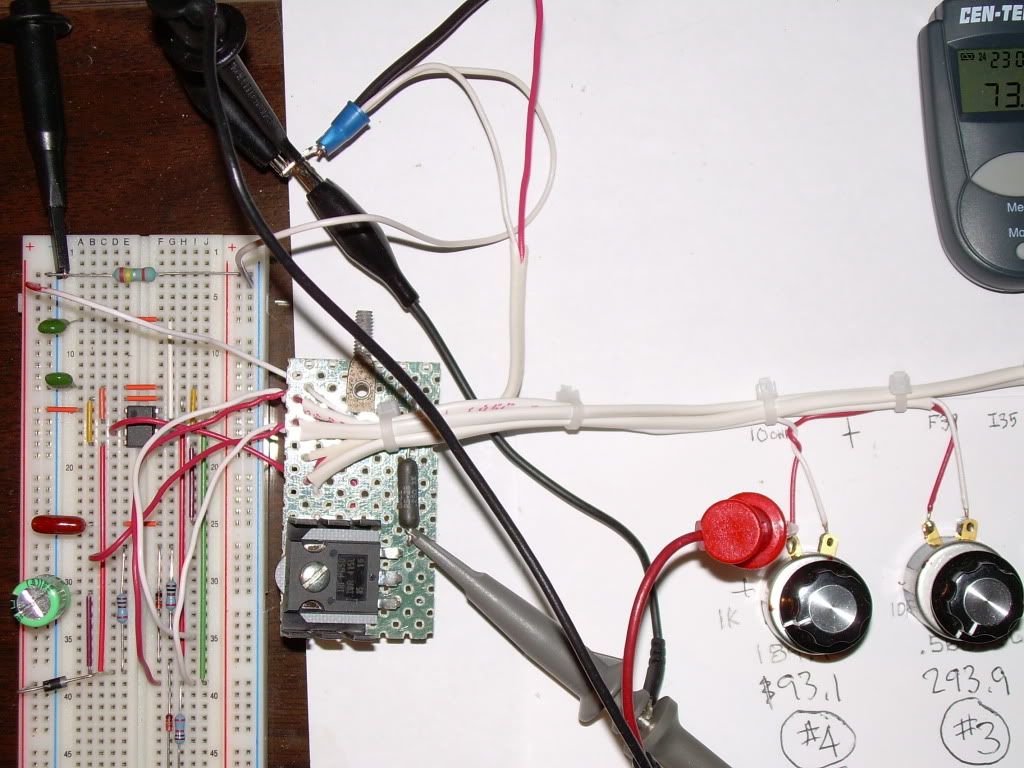
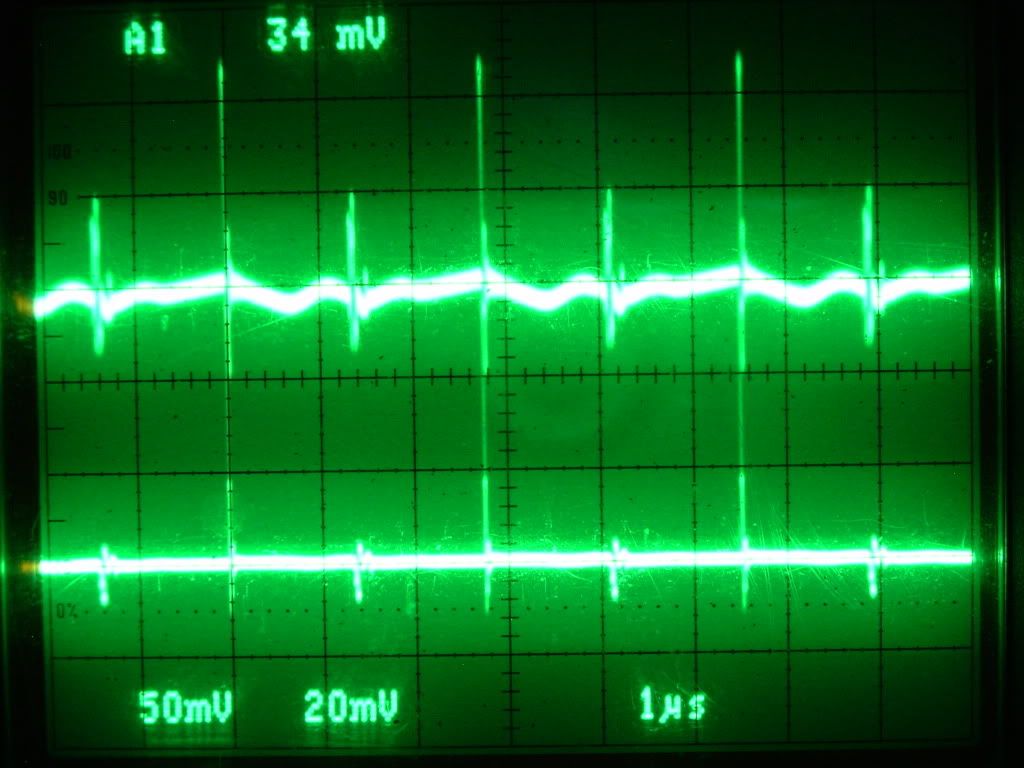
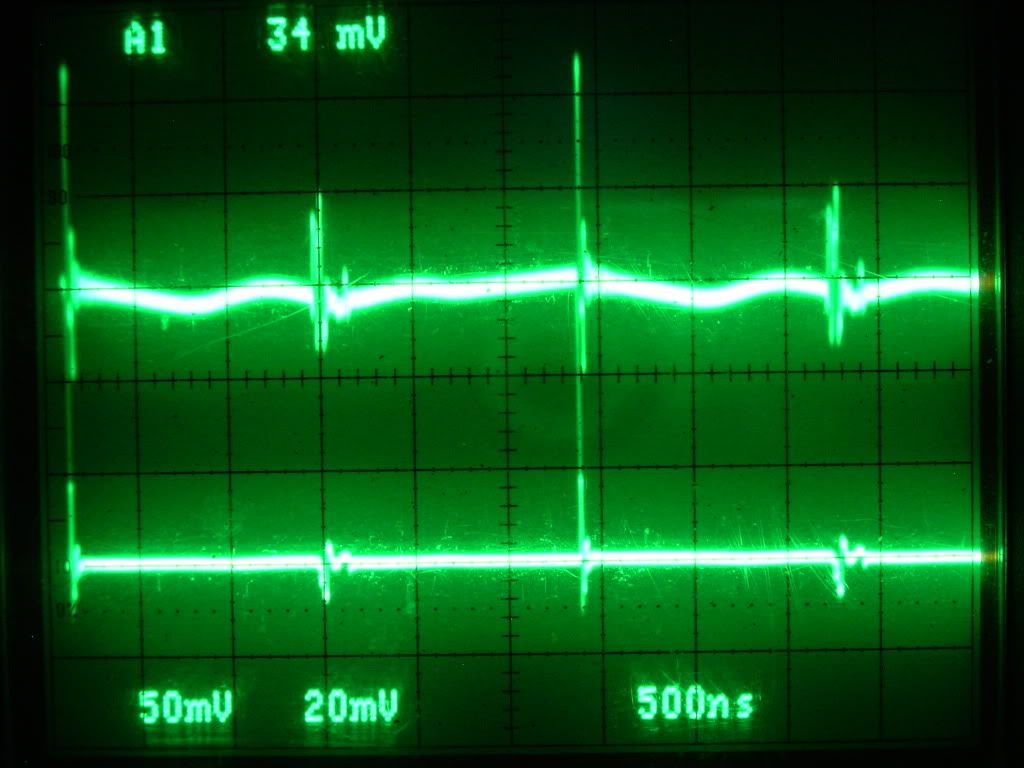

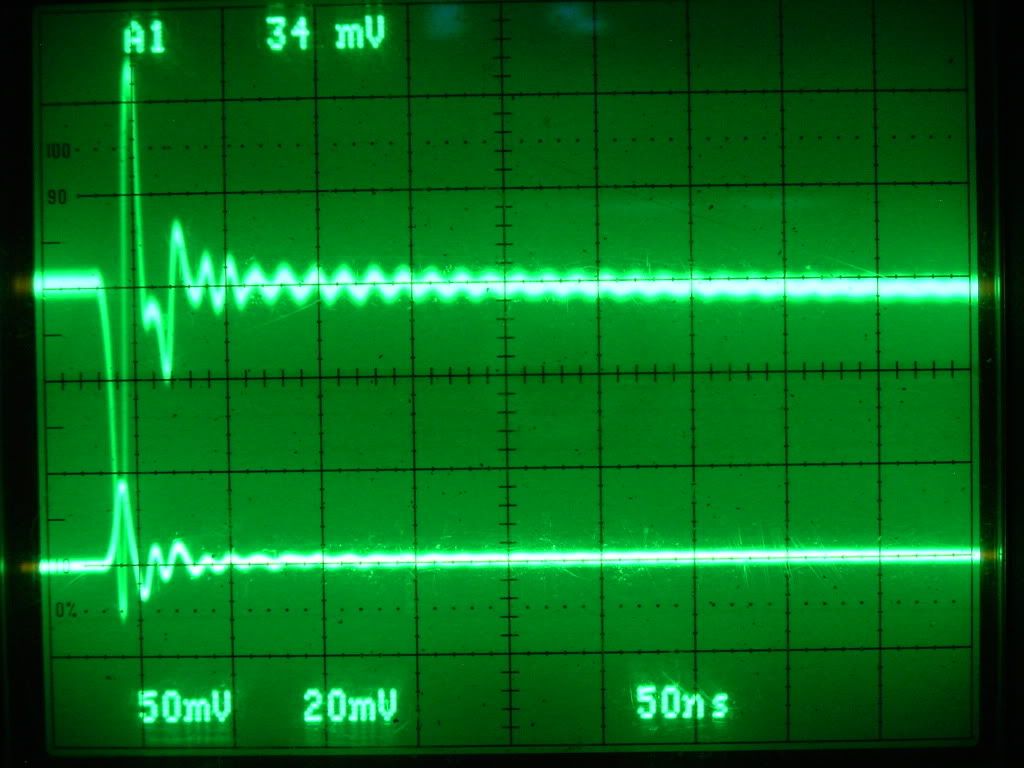

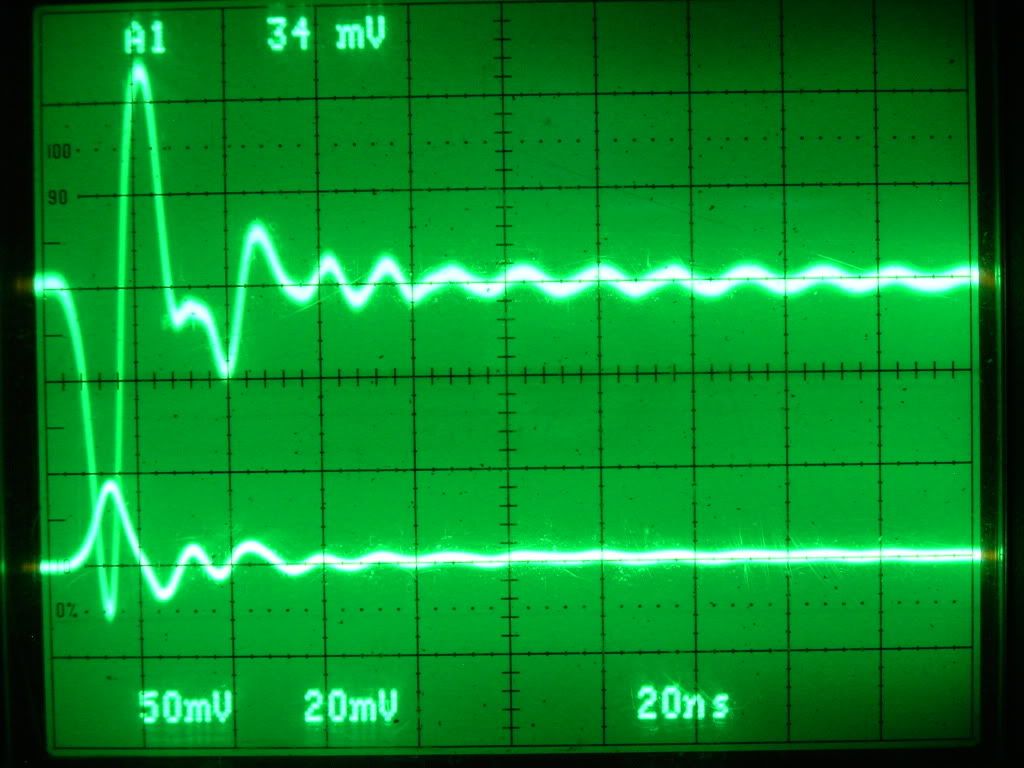




Comment